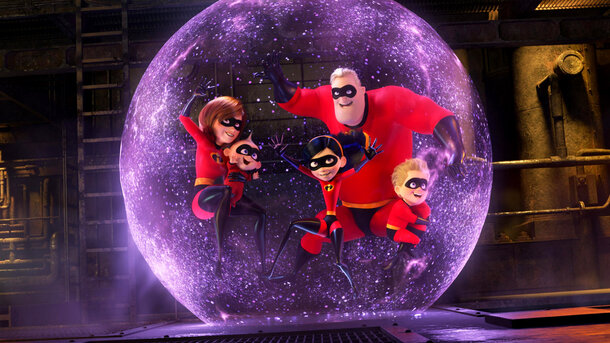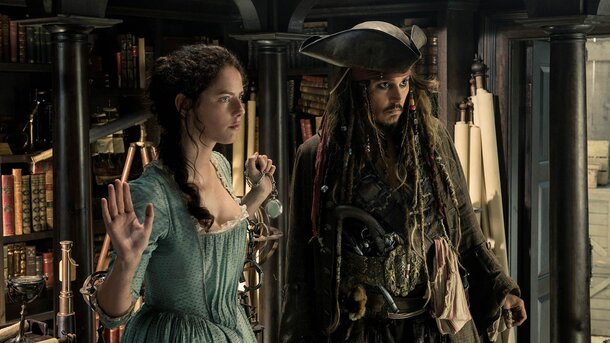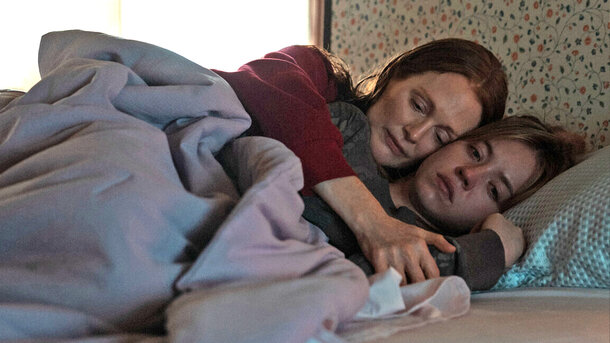In the animated film Inside Out, the emotions inside Riley’s head — Joy, Sadness, Fear, Disgust, and Anger — don’t look like the ones we see in her parents. Her mother’s emotions, for instance, are all female. Her father’s are all male. But Riley’s are a mix. Why is that?
The answer is both simple and brilliant: Riley is still growing. She’s a child, which means her personality is still forming. There are no rigid boundaries in her mind or emotions. Her feelings can be boyish, girlish — or beyond any familiar category.
Director Pete Docter intended it that way: the mix of genders among Riley’s emotions highlights the fluidity and openness of a child’s consciousness. Riley is still discovering who she is, so her emotions are varied, alive, and ever-changing.

As we grow older, our reactions become more crystallized. Emotions, like uniforms, take on more defined forms — just like those of her parents. But for now, Riley represents pure potential. And that’s the magic of her inner world.
We also recently explored just how old Riley is in each part of the story.










